US Submarine Sinks an Aircraft Carrier During World War II, Leaving 1,435 Dead
The IJN Shinano, a Japanese battleship hastily converted into a supercarrier, was poised to play a pivotal role in the nation’s war efforts. However, before it could even finish its first mission, the crew and the vessel would meet a heart-wrenching end on November 29, 1944, marking a tragic chapter in naval history.
The Japanese supercarrier, a symbol of naval power, met an unforeseen and tragic end when it was sunk by the American submarine, USS Archerfish, resulting in the devastating loss of 1,435 of the ship’s crew.
The Japanese Navy During World War 2
By the end of World War 2, the United States had the largest Naval force and was considered the most powerful Navy in the world. During the height of the war however, the allied forces were put to the test against the Imperial Japanese Navy in the Pacific for at least two years.
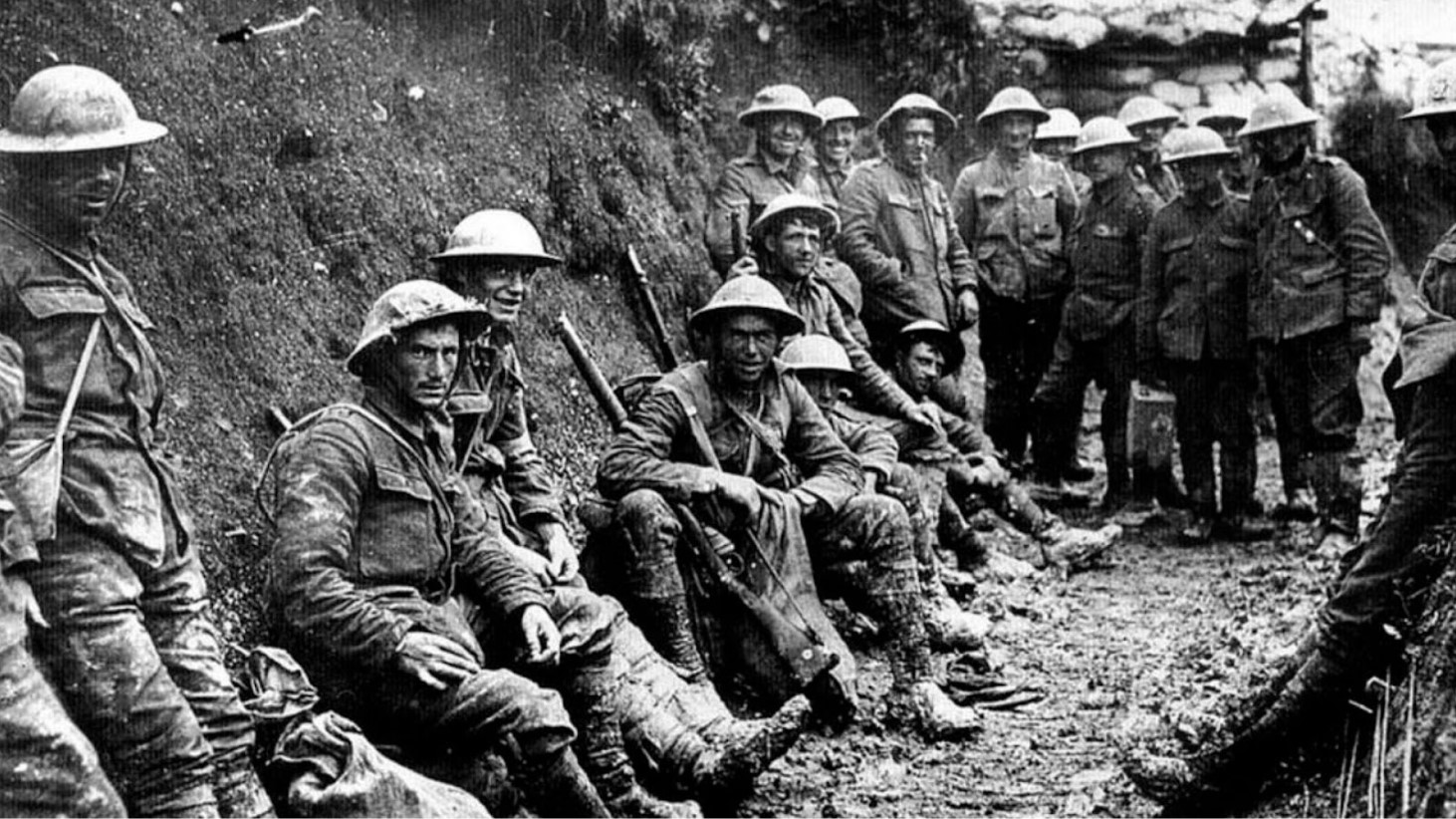
Source: Wikimedia Commons
Japan had great success with its Navy for several reasons, including its collection of battleships and cruisers, well-trained crews, and cutting-edge technology of the era.
Japan's Output During World War II
From 1941 to 1944, Japan placed an overwhelming emphasis on constructing aircraft carriers. Despite being part of the Axis forces, historians credit the Japanese with their ability to produce well-built ships during the war.
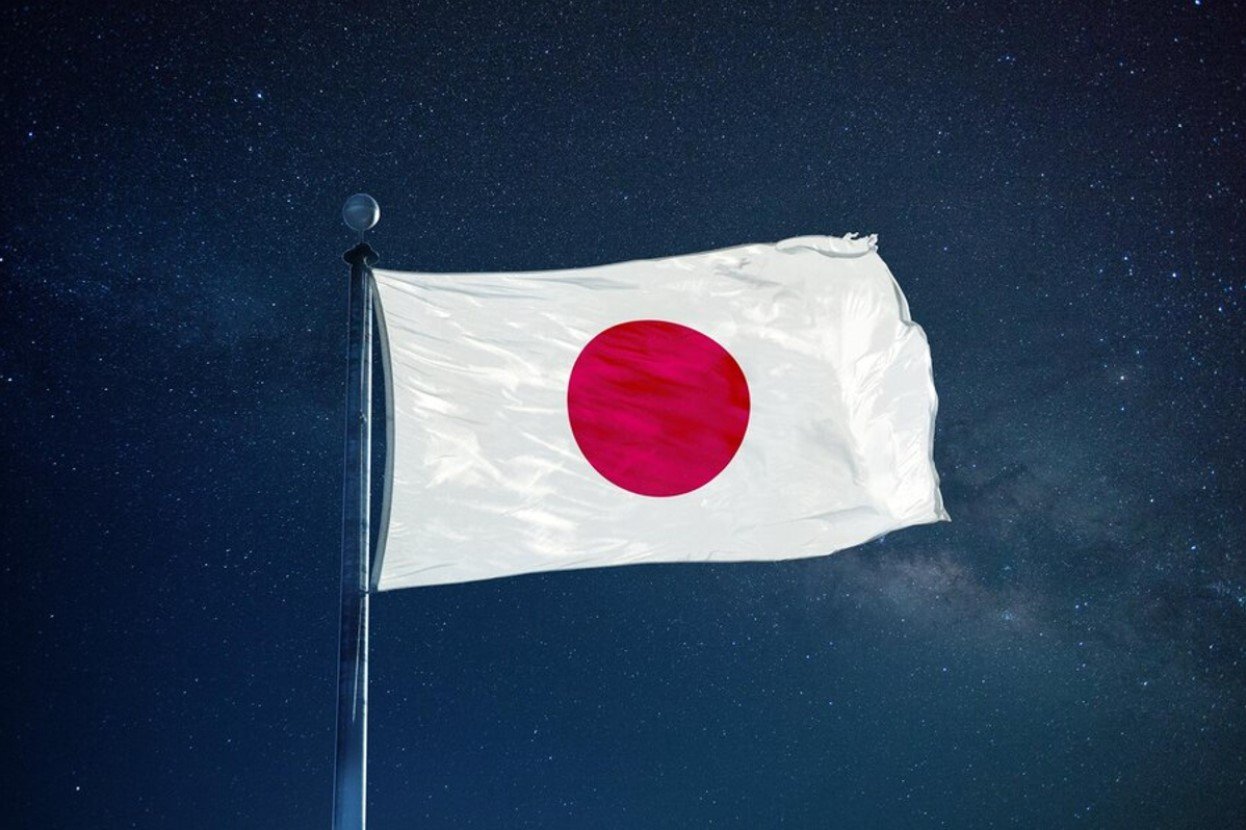
Source: Freepik
One vessel that would go down in history is IJN Shinano, a vessel built in secrecy, which the Japanese Navy hoped would help them in their fight to retain control of the Pacific Ocean.
The Secrecy of the Ship
Despite knowing of its existence, there’s little documentation left behind due to the pre-surrender burning of all archives stored at the Imperial Naval Technical Bureau (Kampon) during the tail end of WWII.

Source: Museums Victoria/Unsplash
Nonetheless, military historians and researchers have been able to piece together fragmented parts of the vessel’s history to gain an understanding of what the aircraft carrier may have looked like.
The Armor and Armament of the Vessel
The IJN Shinano was a combination of two different vessel designs, the Yamato and Musashi. Originally, it was intended to feature armor that was up to 20mm thinner than the other designs and the best Japanese anti-aircraft weapons of the era.
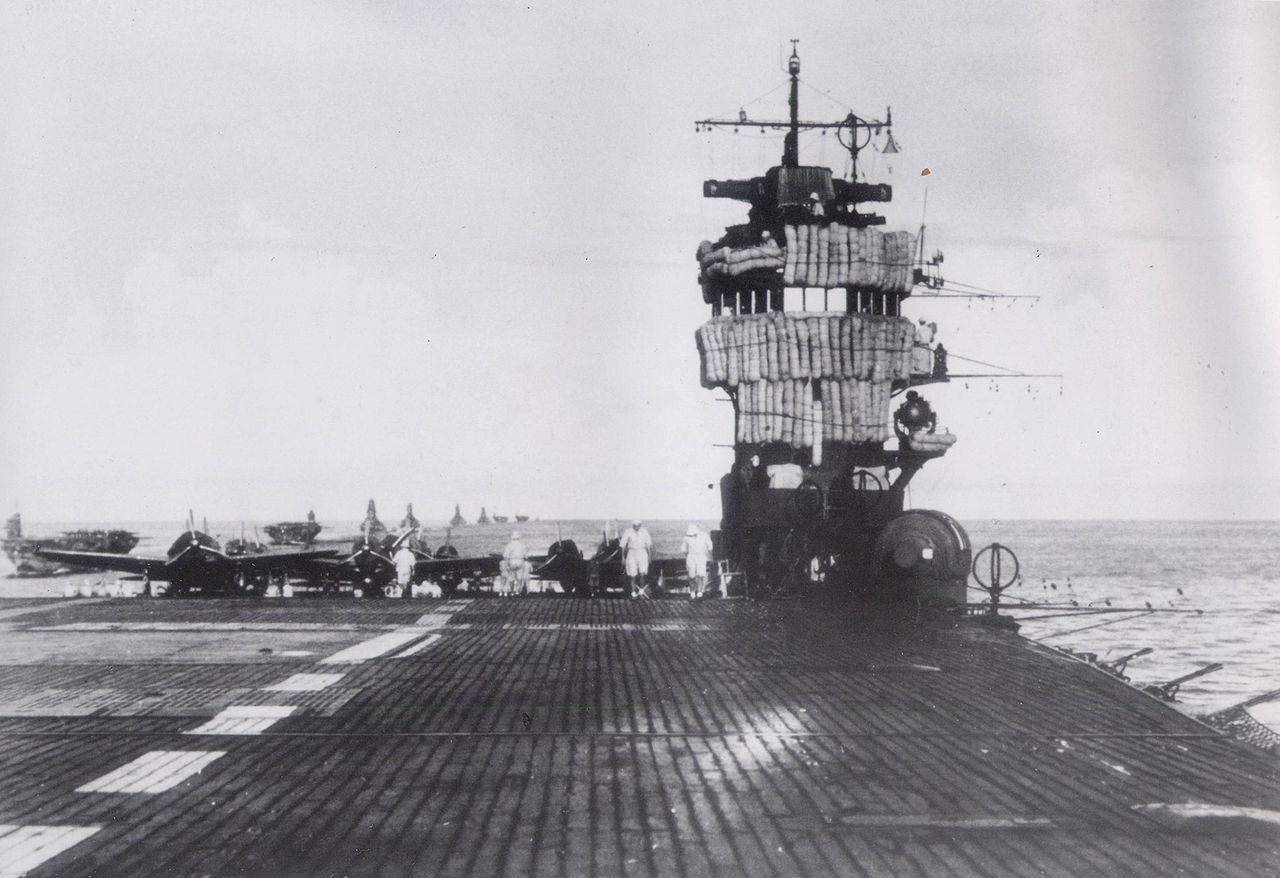
Source: Wikimedia
In the end, the Shinano featured a flat top consistent with aircraft carriers and an inclined flight deck. It was also stripped of most of its large guns and armor.
Who Designed the Shinano
The Yamato and Musashi were designed by Vice Admiral Keiji Fukuda and Captain Kitaro Matsumoto, both of which were laid down in 1937.
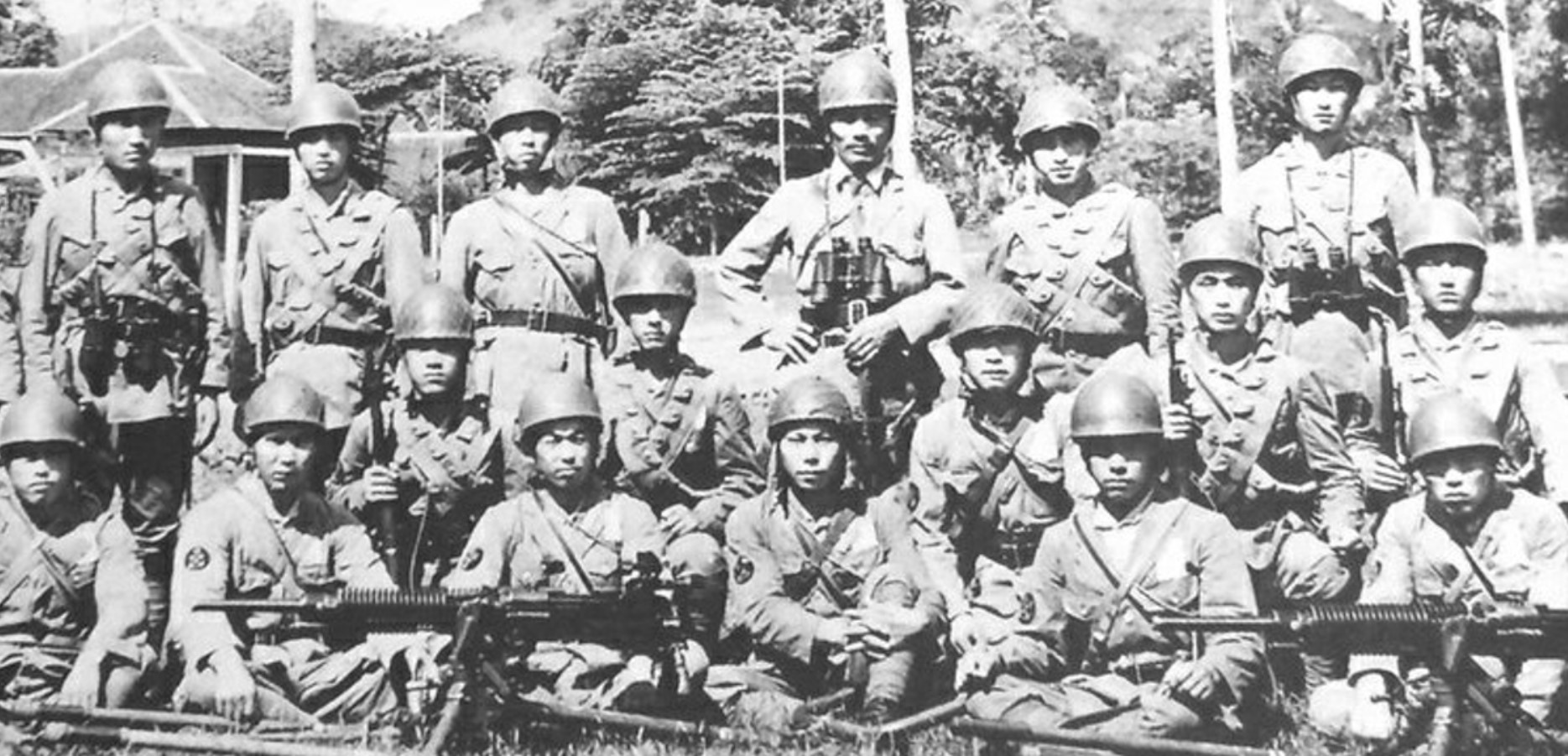
Source: Wikipedia
Using this design, the Shinao, alongside another unnamed BB design were first drawn up in 1939, and it wasn’t long before Japanese workers began constructing this vessel.
Construction of the IJN Shinano
The Imperial Japanese Navy (IJN) began constructing the Shinano at the Yokosuka Naval Arsenal on May 4, 1940.
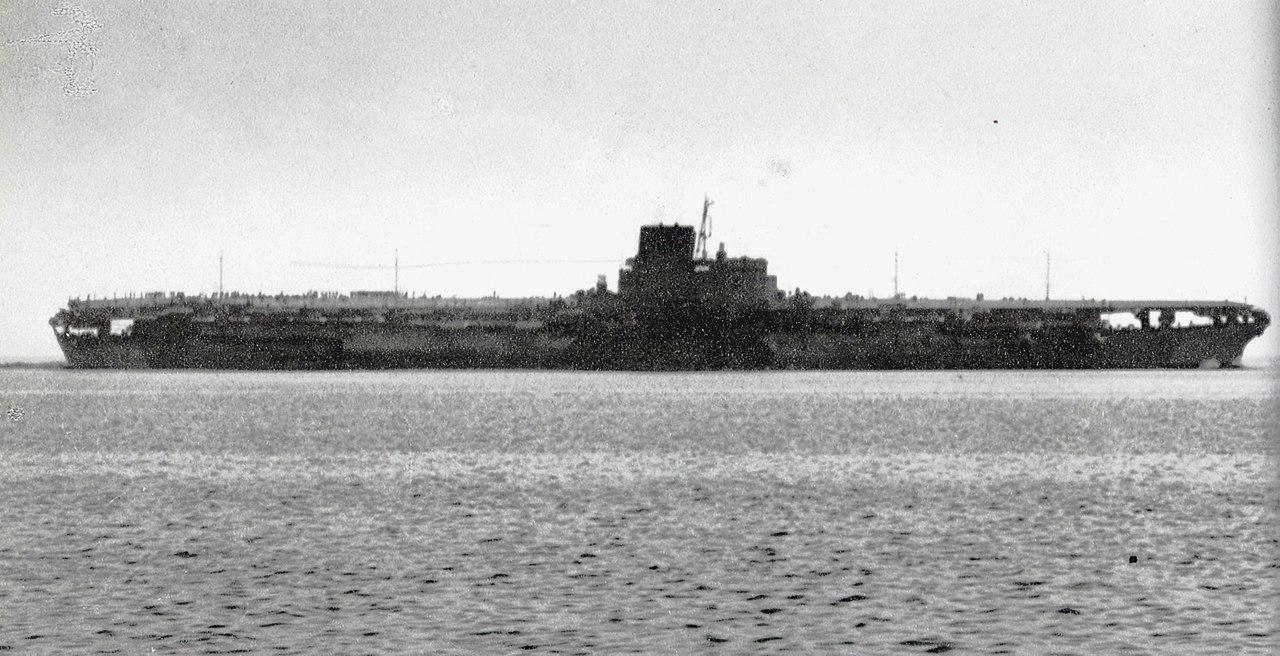
Source: Wikimedia
The vessel was originally supposed to be a battleship. However, two years into construction, plans were changed, and the workers were ordered to convert it into an aircraft carrier following heavy losses of similar ships during the Battle of Midway.
Workers Begin Converting the Shinano
Vice Admiral Sei-ichi Iwamura, the Chief of the Naval Technical Bureau, came up with the idea of converting Shinano into an aircraft carrier.
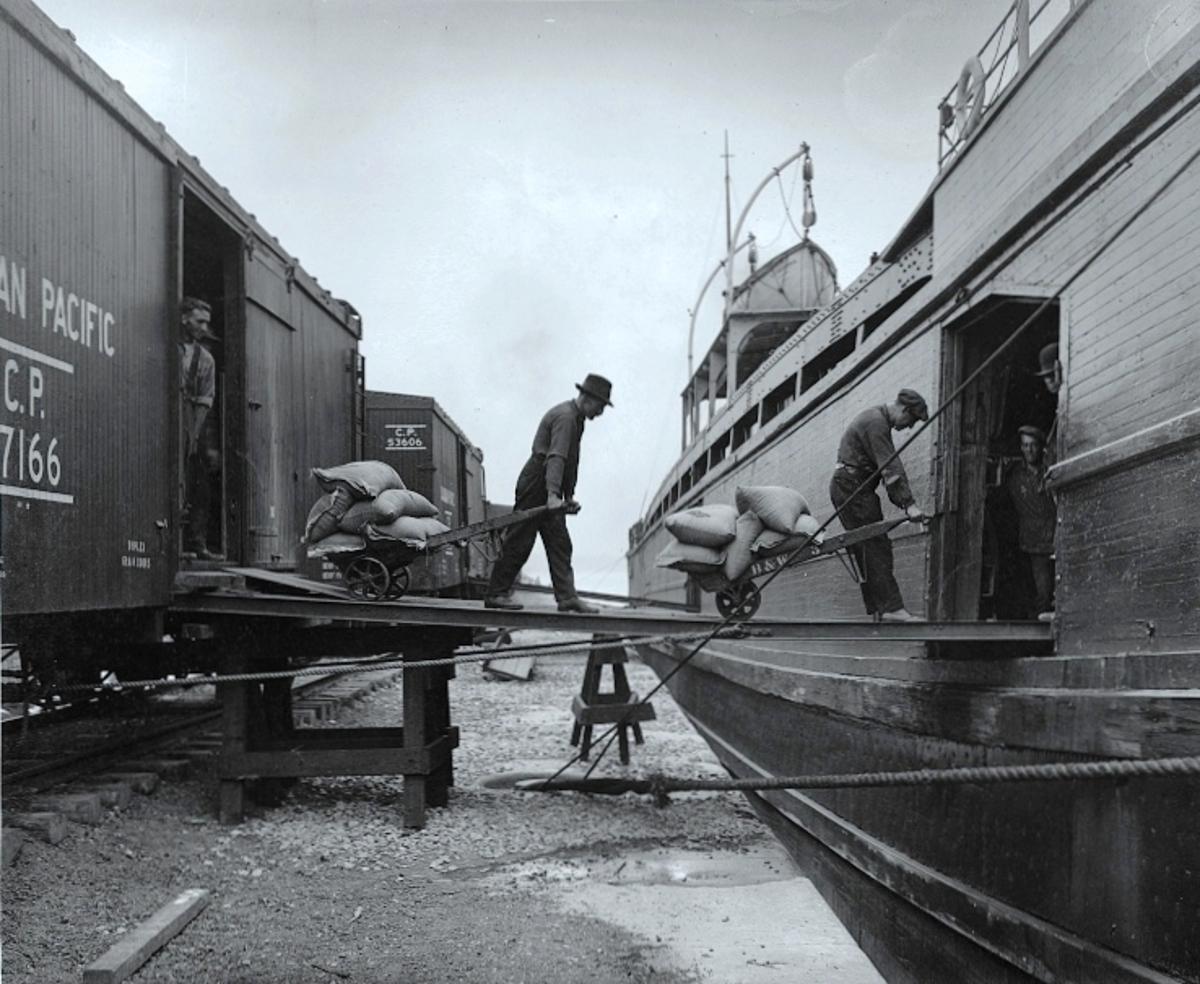
Source: Wikipedia
According to the US Naval Institute, the plans aimed to convert Shinao “into a strong floating air base, capable of retrieving, launching, and supplying naval aircraft operating from land bases or other ships.”
The True Extent of the Shinano
The Shinano was an enormous ship, measuring a staggering 872 feet in length and 199 feet in beam. Its power was sourced from 12 Kampen water boilers, which, in turn, powered the four geared steam turbines.
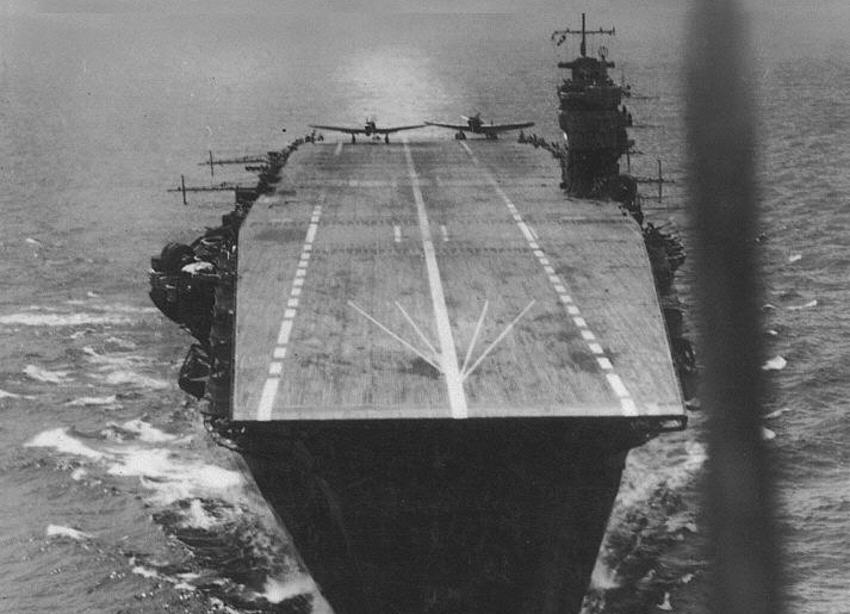
Source: Wikimedia
At full capacity, the Shinano could carry around 47 different types of aircraft utilized by the Japanese Air Force.
Weapons Aboard the Shinano
Despite being converted from a battleship to an aircraft carrier, the Shinano still packed a punch. It was equipped with eight twin-five-inch dual-purpose guns, 25 anti-aircraft rocket guns, and 28 anti-aircraft rocket launchers.
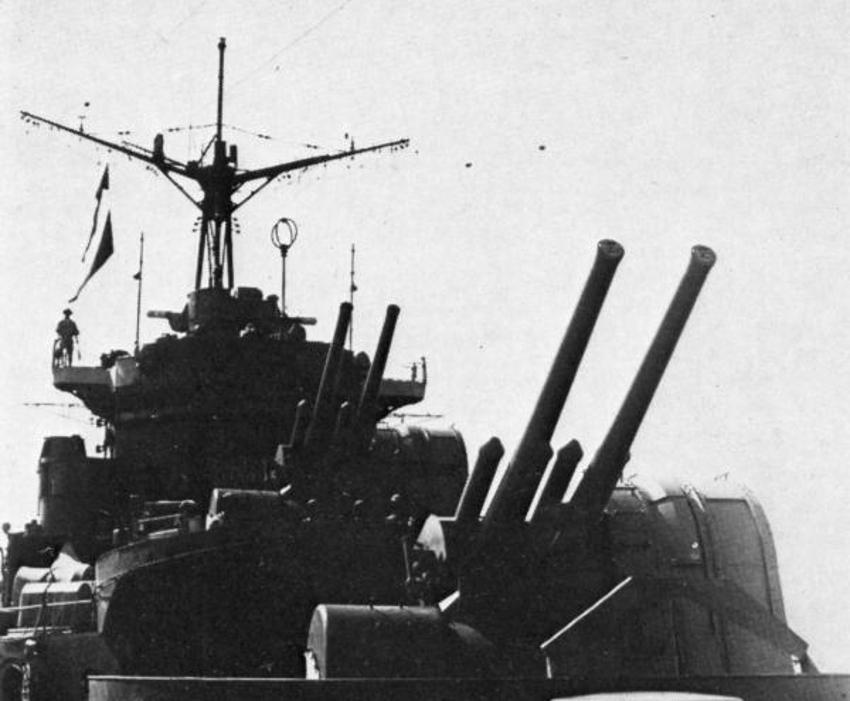
Source: Wikimedia
As for armor, the bottom half of the ship was equipped with plating that measured anywhere from 160 to 400mm thick, whereas on the flight deck, it was around 75 mm thick.
The Battle of the Philippine Sea
The IJN Shinano wasn’t set to be commissioned until the start of 1945. However, after the Japanese Navy suffered significant losses at the Battle of the Philippine Sea, construction work was ramped up to meet an earlier deadline.
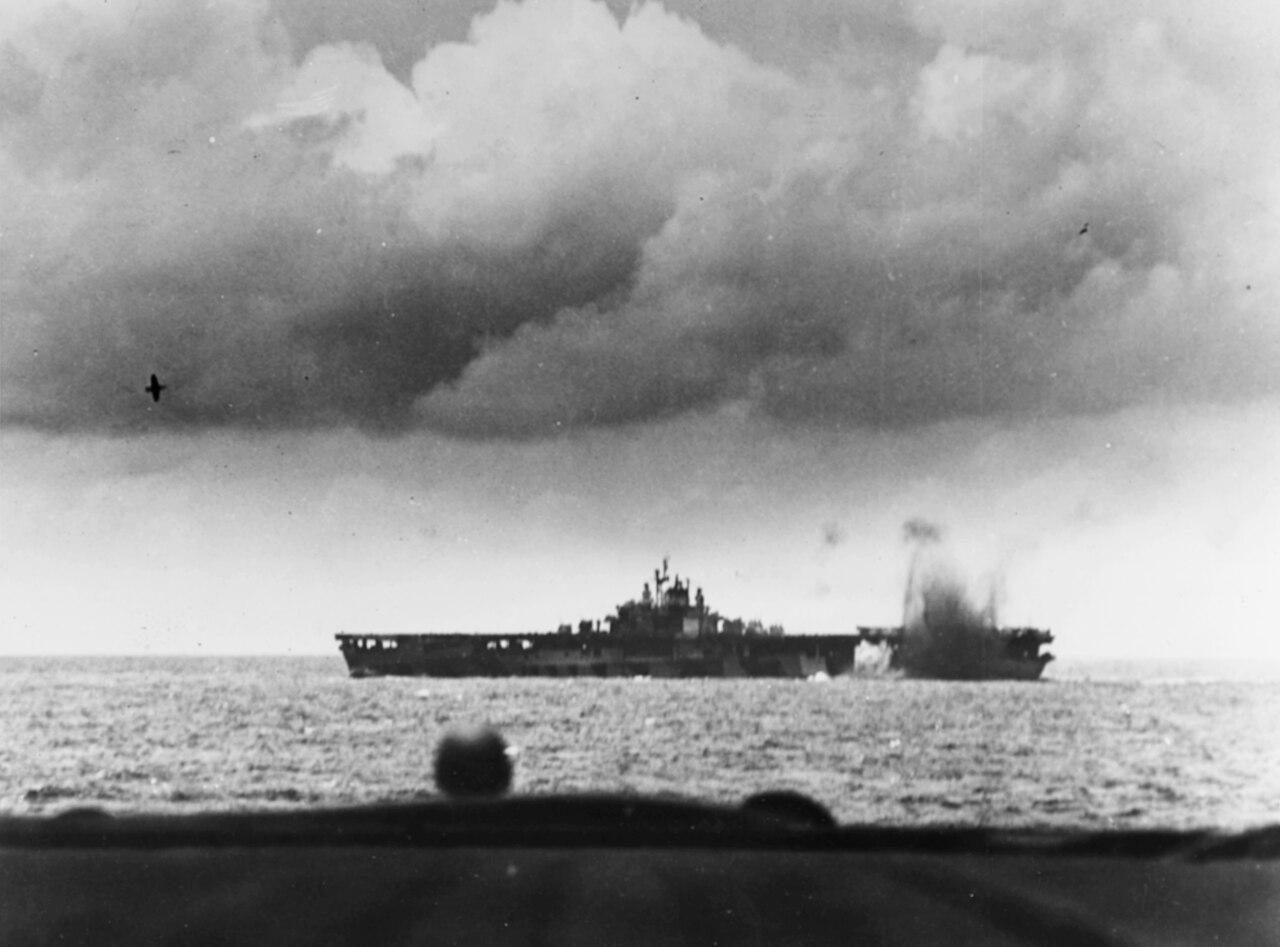
Source: Wikimedia
The Shinano was officially launched on October 8, 1944, and commissioned on November 19, over a month later.
Reasons Behind the Rush to Commission the IJN Shinano
The reasoning behind the rush to commission the IJN Shinano came after Japanese officials anticipated that the US military were planning a heavy attack following the allied victory at the Battle of the Philippine Sea.
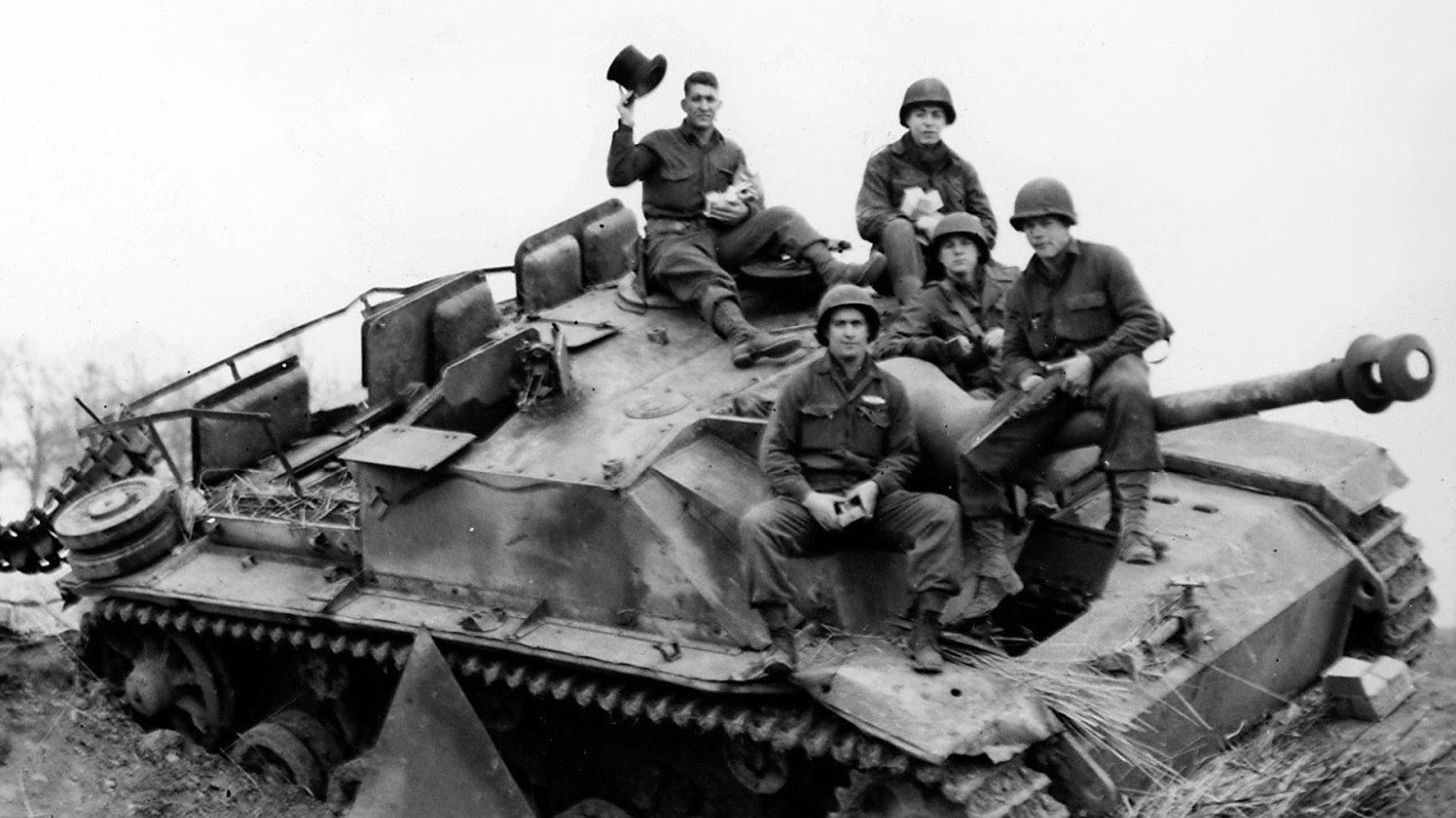
Source: Public Domain/Wikimedia Commons
The Japanese feared the US could begin bombing Japan using long-range missiles fired from bases in the Mariana Islands.
Early Problems For the Shinano
The Shinano didn’t exactly have the best start to life as a deployed aircraft carrier. During its launch, an unfortunate incident occurred.

Source: Wikimedia
During the floating out process, a rush of water flowed into the graving dock due to problems with one of the caissons. This pushed the carrier into the forward end and damaged its bow structure, which required repairs. Many now see this as an omen of what was to come.
Captain Toshio Abe
Shinano was under the command of Capt. Toshio Abe. The first mission was to travel to the Kure Naval Base, where it would be drifted with armaments and pick up several aircraft.

Source: Wikimedia
However, it would never make it to its destination. After sailing for some time alongside three other vessels, the Isokaze, Hamakaze, and Yukikaze, they detected the presence of a US submarine on their radar. Following this, the ships began employing evasive maneuvers.
USS Archerfish Spots the IJN Shinano
Reports suggest Cmdr. Joseph Enright, who commanded the submarine USS Archerfish, had spotted the Japanese vessels at least two hours before they noticed they were being tailed.
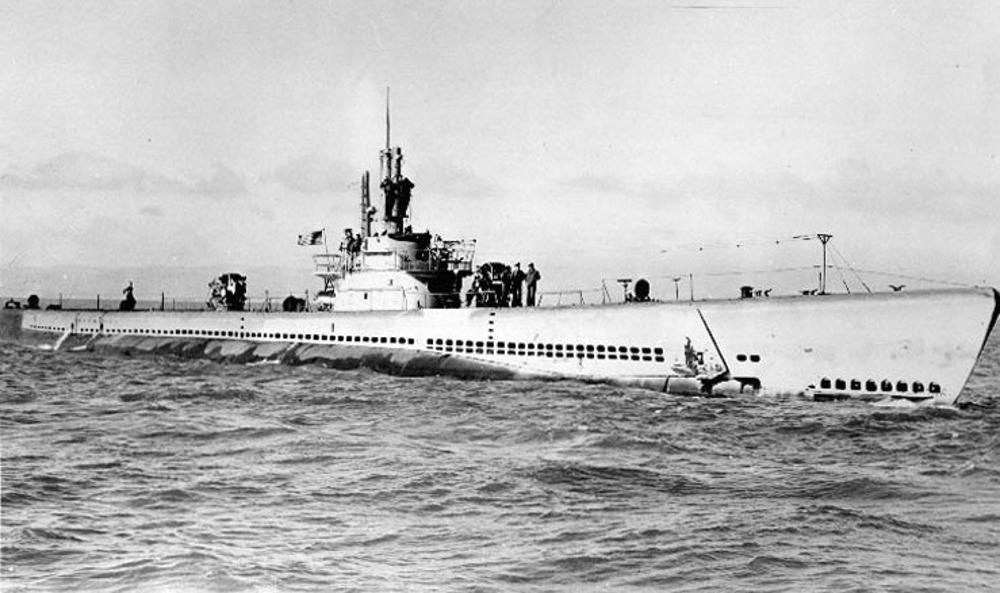
Source: Wikimedia
The Japanese captain ordered the ships to turn away from the submarine, thinking they had encouraged an American wolfpack. While the Shinano was faster, it was forced to speed to prevent significant damage to the vessel.
Submarine Fires Torpedoes at Japanese Carrier
In the early hours of the morning on November 29, 1944, the Japanese captain decided to change direction and move towards the submarine.
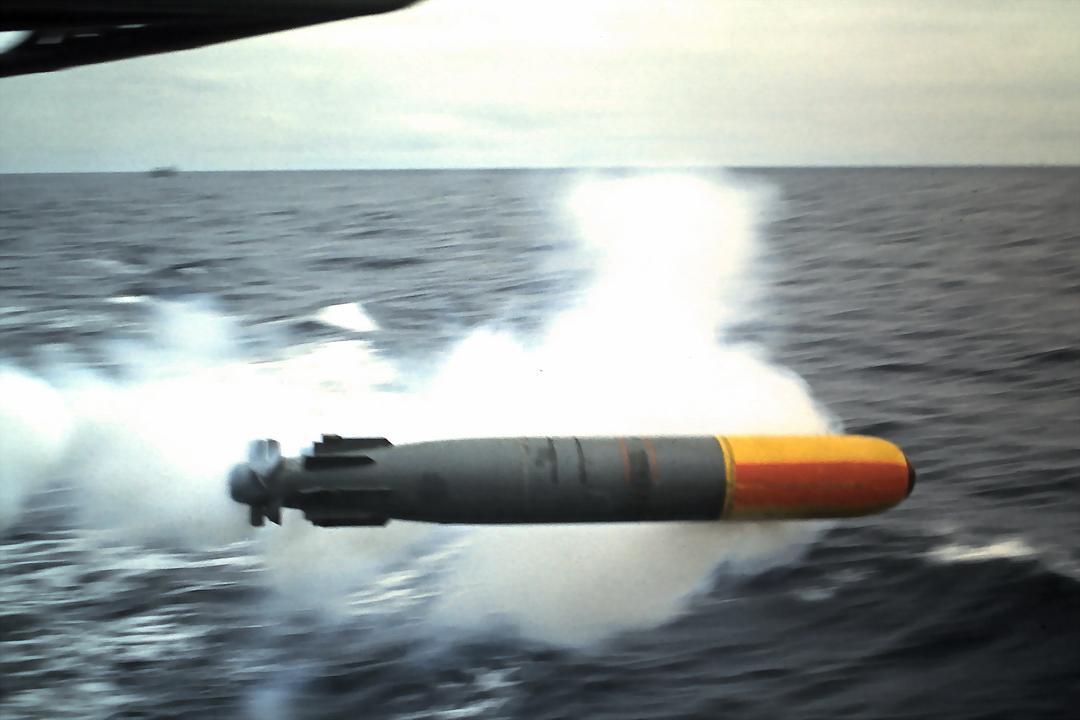
Source: Wikimedia
The Shinano exposed the entire side of the vessel, which the Archerfish capitalized on, and Enright decided to fire torpedoes toward the Japanese vessel.
Torpedoes Make Contact With Shinano
In total, Enright commanded his men to fire six torpedoes at the IJN Shinano.
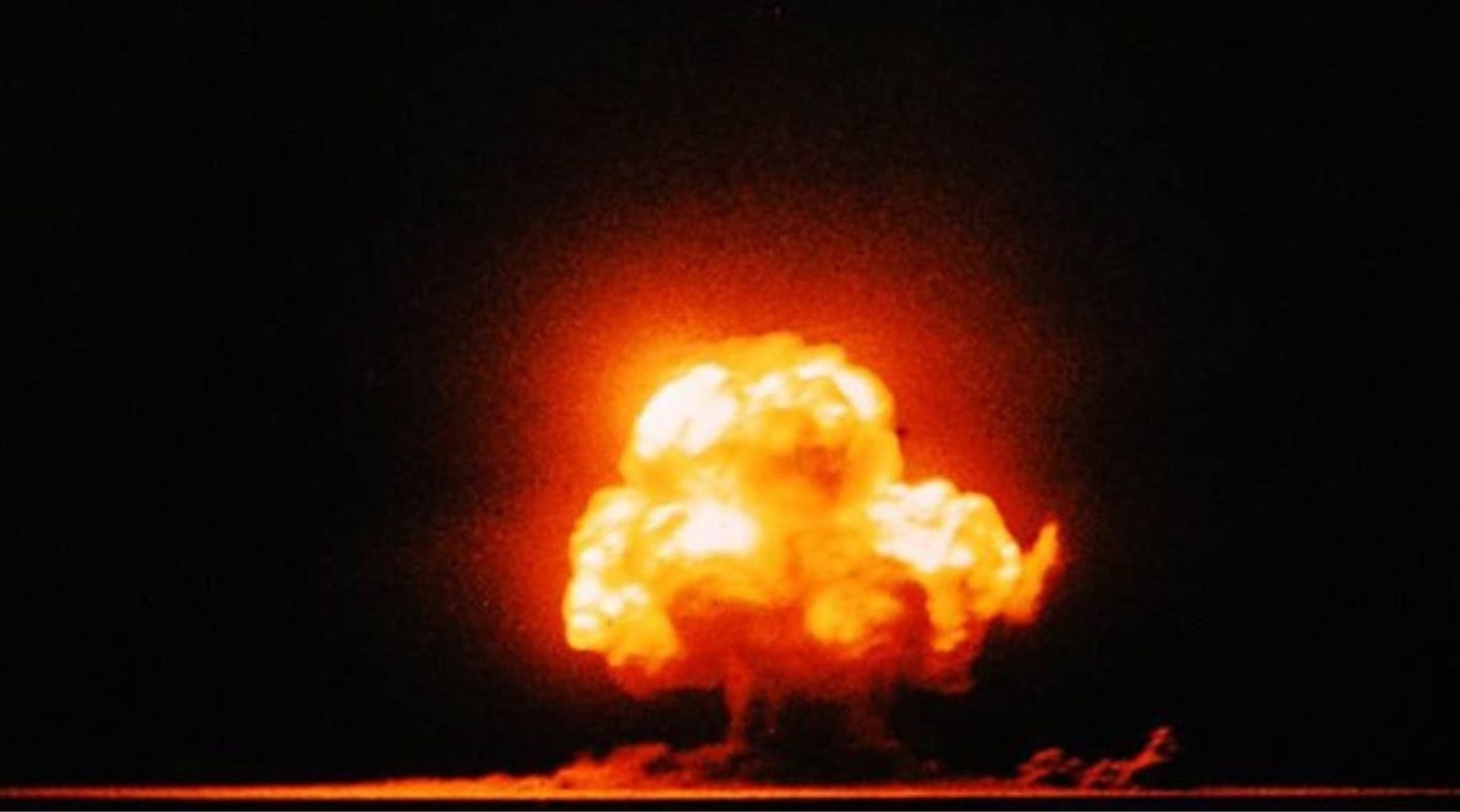
Source: Jack W. Aeby/Wikimedia Commons
The American Commander received word that the first two had made contact before dropping the submarine down 400 feet to await the results of his actions.
Submarine Sinks IJN Shinano
Four of the six torpedoes made contact with the IJN Shinano, which was enough to seal the vessel’s fate.
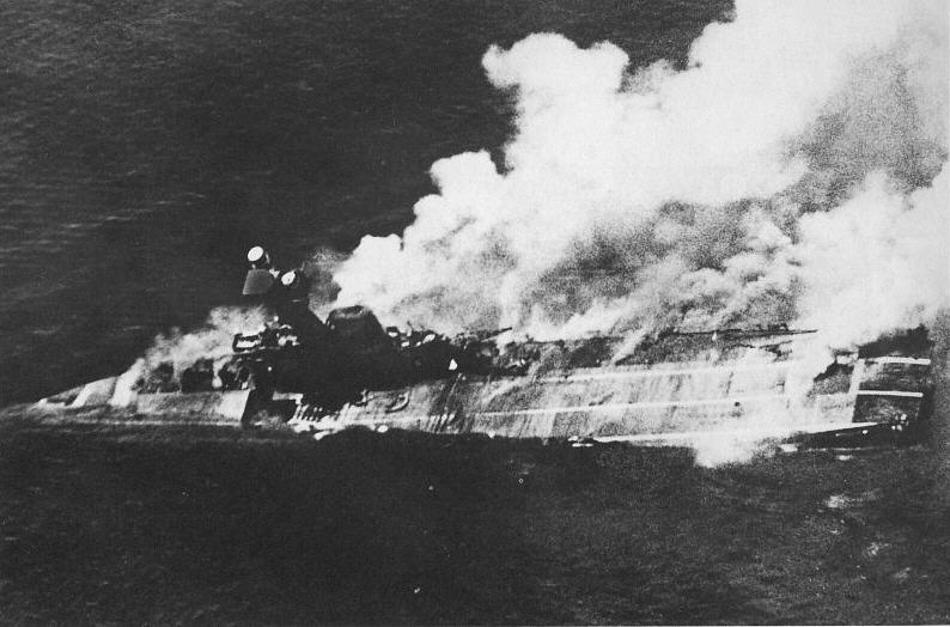
Source: Wikimedia
While those aboard the Japanese aircraft carrier initially thought the damage was minimal, by the time they realized the ship was going down, it was already too late.
Too Late to Escape
Abe ordered his crew to maintain top speed, which unfortunately pushed water through the torpedoes’ holes, resulting in extensive flooding.
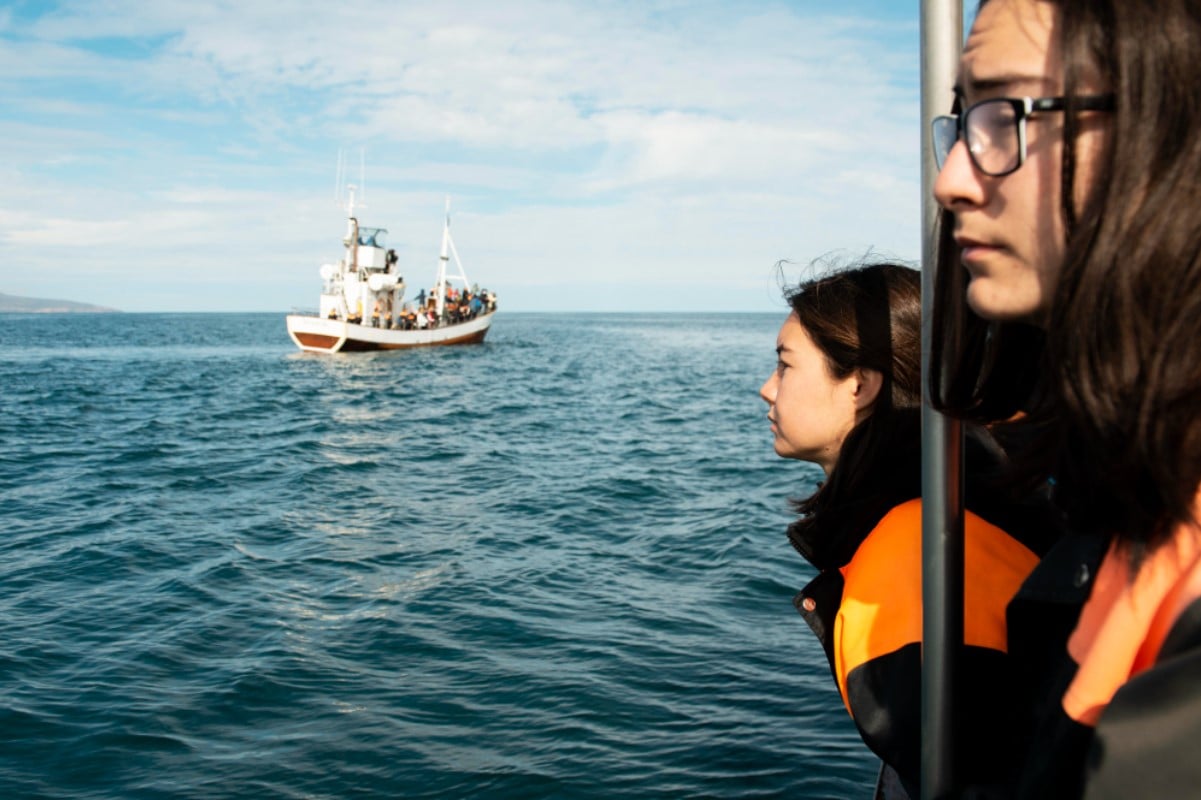
Source: Freepik
By the time the crew became aware of the danger, it was too late to escape. Of the 2,400 crew aboard, over 1,435, including the captain, went down with the ship.
Doomed 65 Miles From Land
Ranked as one of the single greatest loss of lives as a result of a submarine, the US Shinano finally capsized and sank around 10:57 around 65 miles away from the nearest landmass.
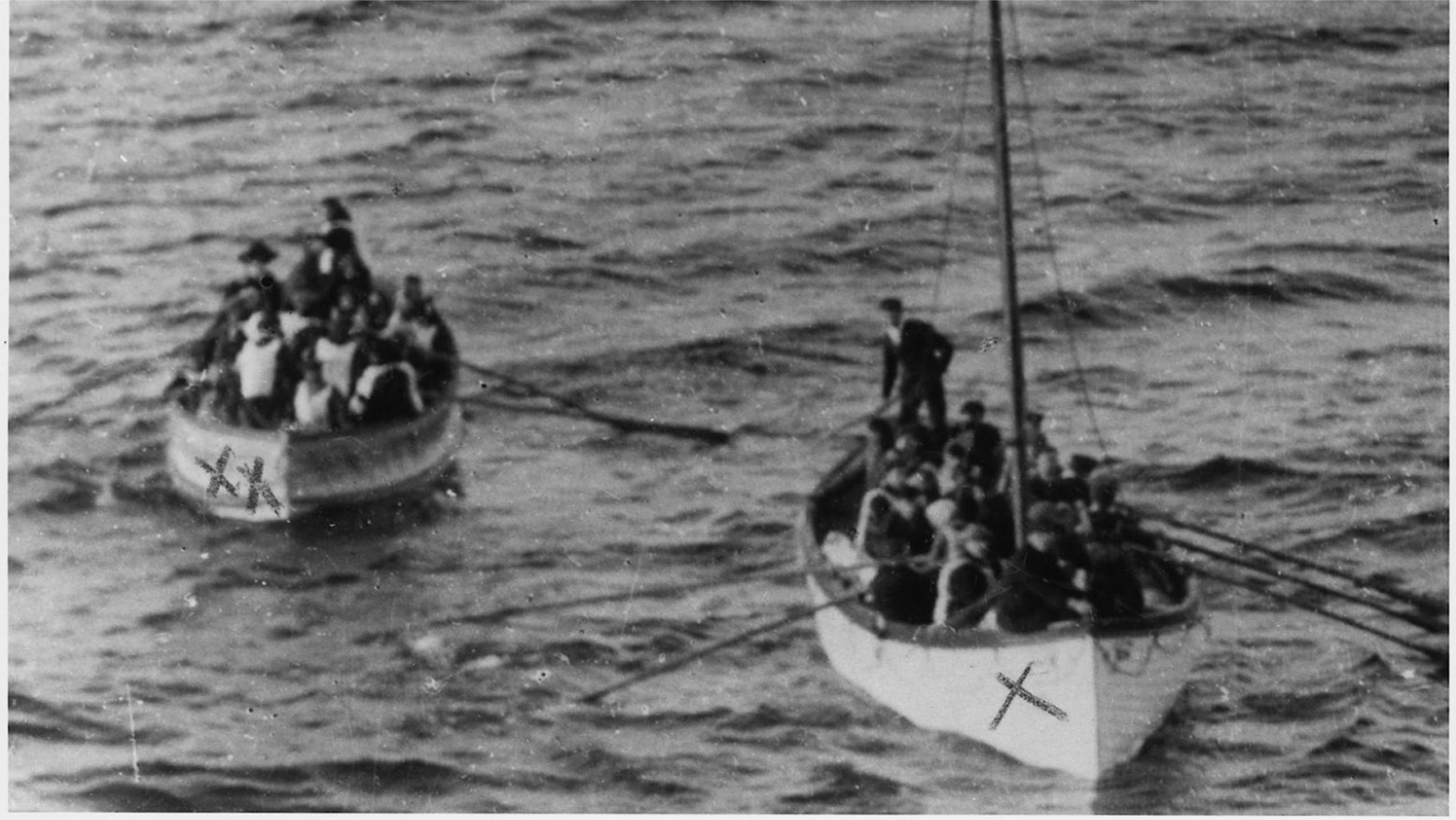
Source: Public Domain/Wikimedia Commons
The high death toll can be attributed to several factors, much of which is ascribed to the illusion the sustained damage was manageable. Despite this, over 1,000 members of the IJN were eventually rescued.
Design Flaws in the Japanese Ships
Following the culmination of World War 2, American experts carried out in-depth analyses of numerous Japanese ships, including the remains of the Shinano.
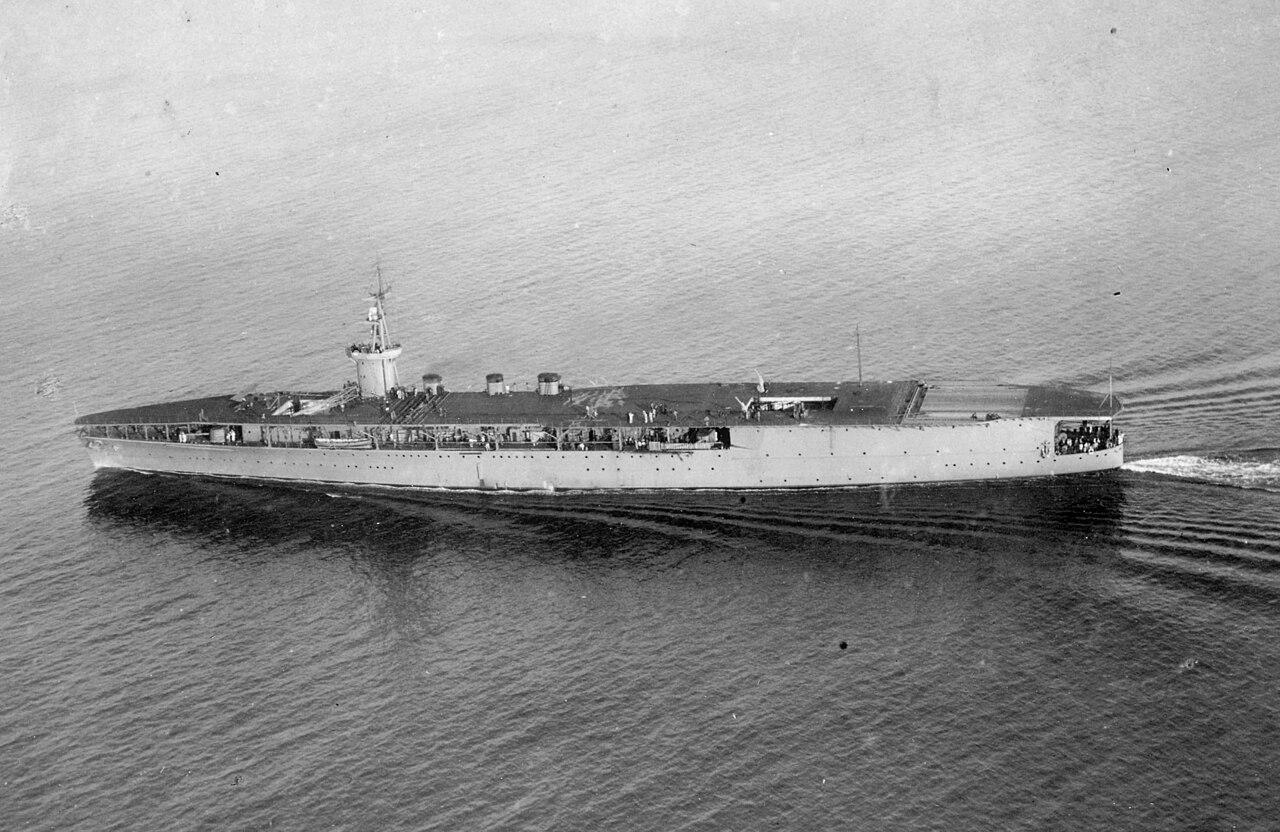
Source: Wikimedia
They discovered a major design flaw that made several joints prone to leakage. It was later theorized that Archerfish’s torpedoes managed to hit these joints, which played a significant role in the demise of the Shinano.
Archerfish’s Torpedos Penetrate Weak Joint
According to the report, the force of the explosion dislodged an integral beam in one of the boiler rooms, and punched a hole into another.
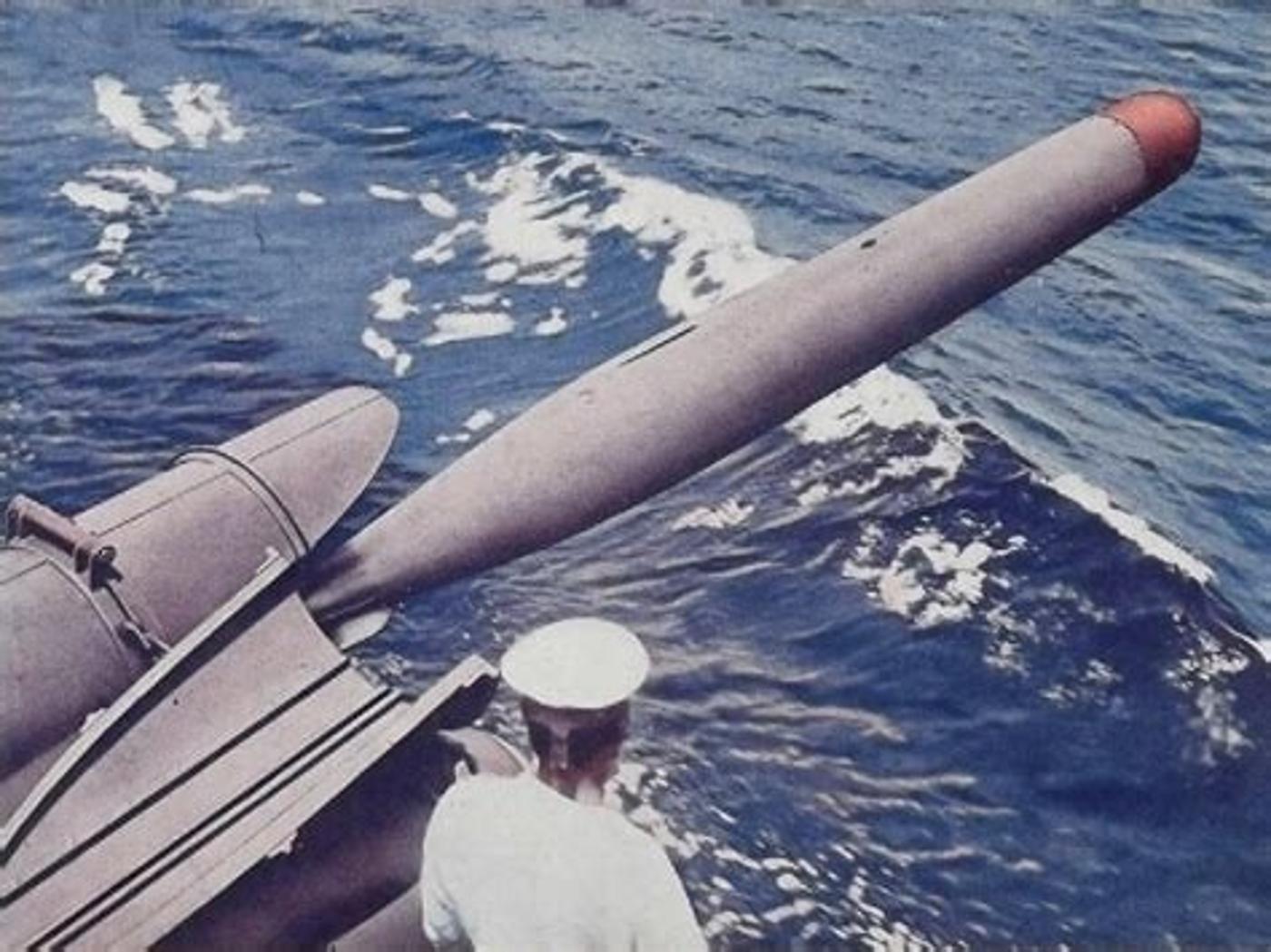
Source: Quora
In addition, the crew’s reluctance to rest for water tightness in several compartments before deployment played a role in failing to access potential leaks which could have been otherwise patched.
Watertight Doors Were Unseaworthy
According to an executive officer for the U.S. Naval Technical Mission, he suggests an extensive amount of water was able to enter the ship because the builders of the Shinano failed to air-test the compartments for leaks.
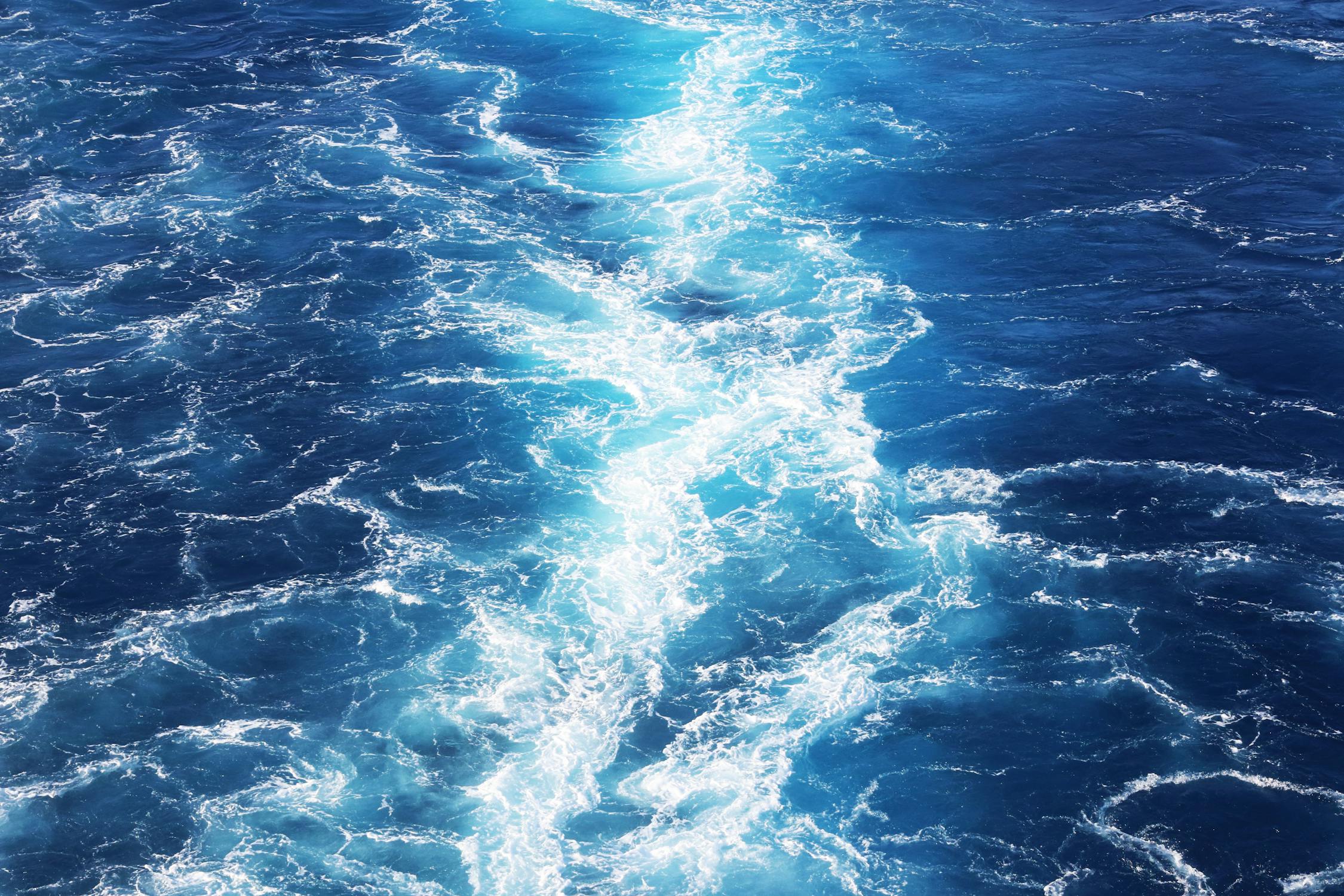
Source: Magda Ehlers/Pexels
In his report, he surmised that seawater would have filled the ship rapidly following the explosion of the torpedoes because the watertight doors were unseaworthy.
American Commander Awarded Navy Cross
US Naval Intelligence didn’t initially believe Enright following his claims that the Archerfish had sunk the Shinano.
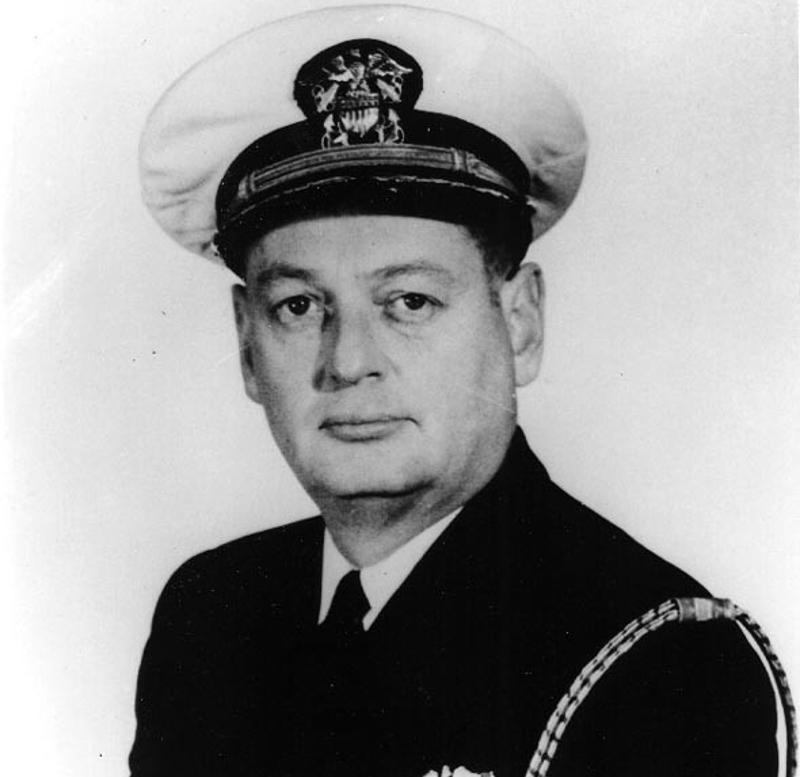
Source: Wikimedia
However, after the war, the decision was corrected, and the Commander was awarded the prestigious Navy Cross for his actions that led to the largest sinking of a Japanese aircraft carrier by a submarine in history.
